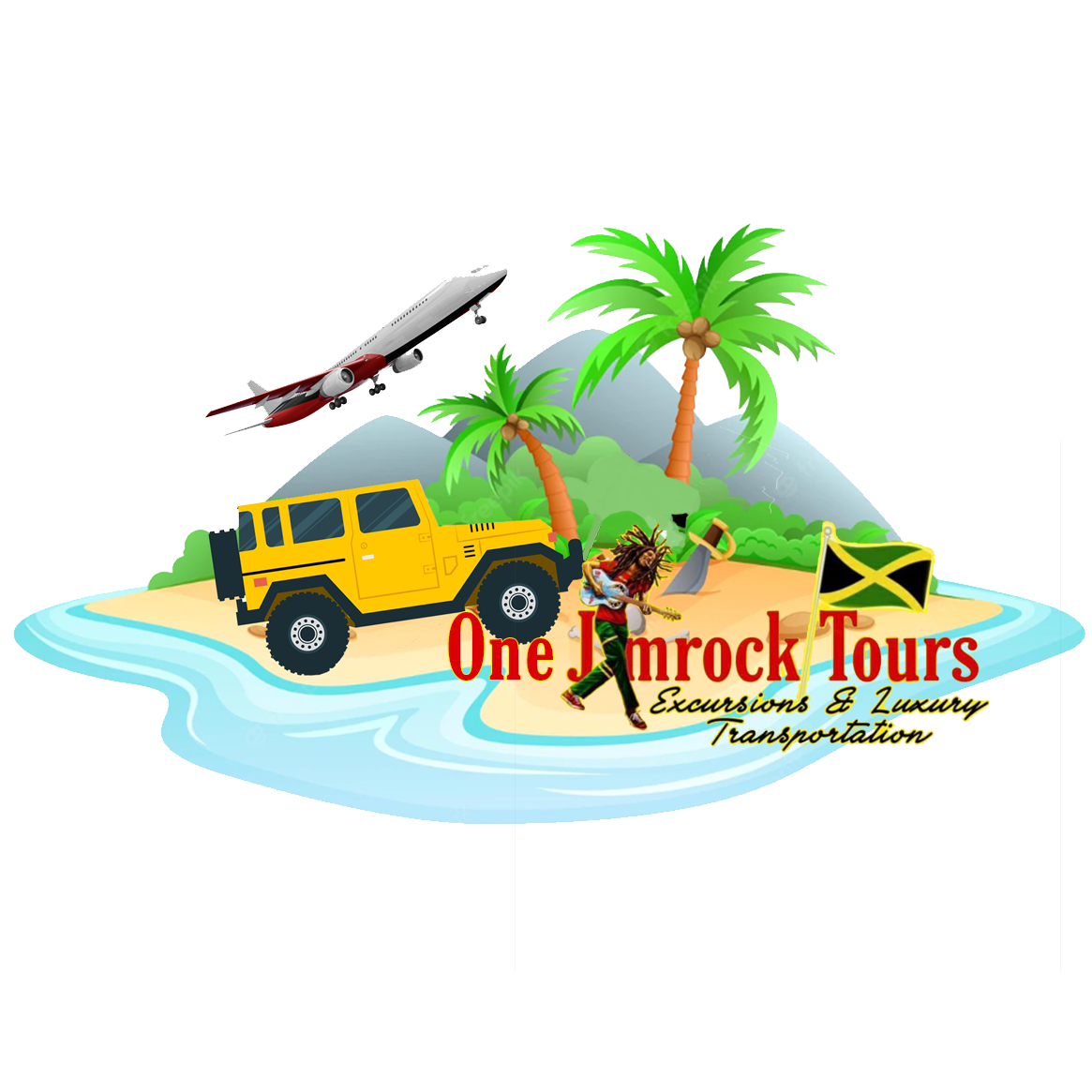Saint Elizabeth, one of Jamaica’s largest parishes, is located in the southwest of the island, in the county of Cornwall. Its capital, Black River, is located at the mouth of the Black River, the widest on the island. Saint Elizabeth originally included most of the southwest part of the island, but Westmoreland was taken from it in 1703, and in 1814 a part of Manchester. The resulting areas were named after the wife of Sir Thomas Modyford, the first English Governor of Jamaica.
There are archeological traces of Taíno/Arawak existence in the parish, as well as of 17th-century colonial Spanish settlements. After 1655, when the English settled on the island, they concentrated on developing large sugar cane plantations with enslaved African workers. Today, buildings with ‘Spanish wall’ construction (masonry of limestone sand and stone between wooden frames) can still be seen in some areas.
St Elizabeth became a prosperous parish, and Black River an important seaport. In addition to shipping sugar and molasses, Black River became the centre of the logging trade.
Since the 1990s, the parish has become a significant tourist destination, with most visitors going to the Treasure Beach area. The Appleton rum distillery, near the rough Cockpit Country in the north of the parish, is also a tourist destination. The Cockpit area was the site of Maroon settlements through much of the 18th century. Ecological tourism along the Black and YS rivers, and in the Great Morass, has been developed in recent years.

